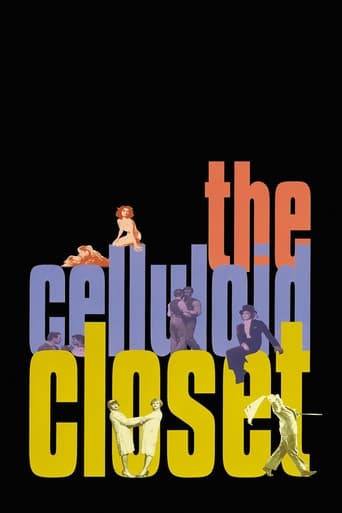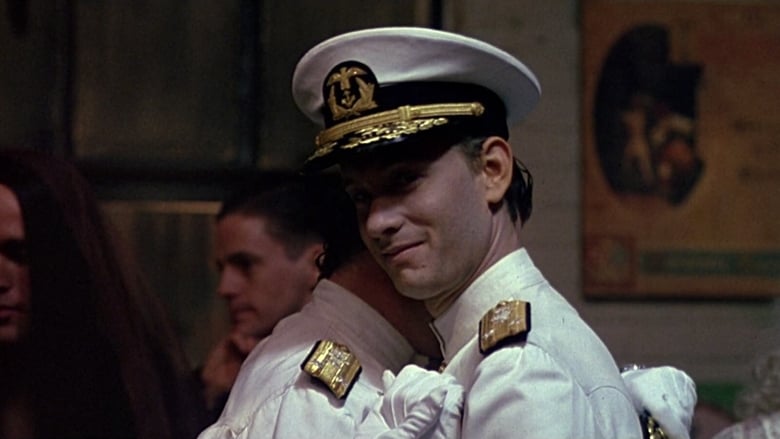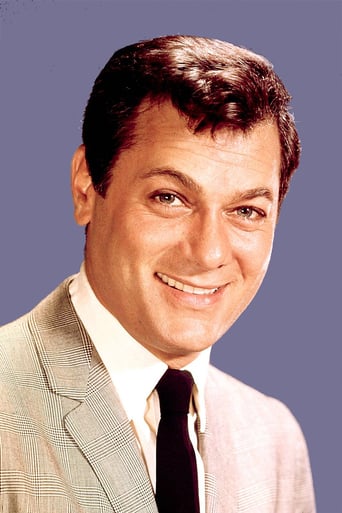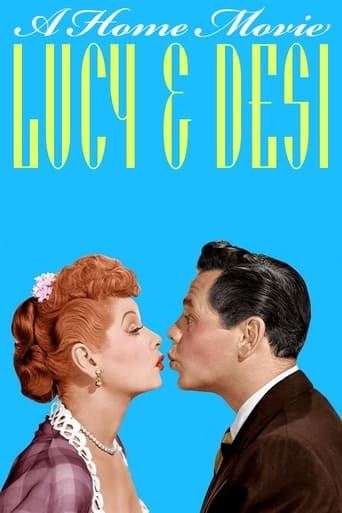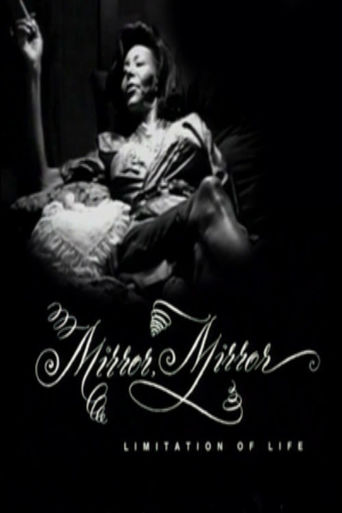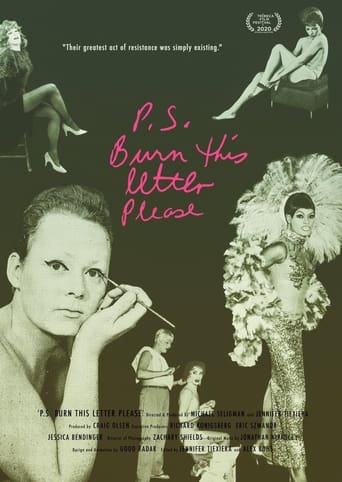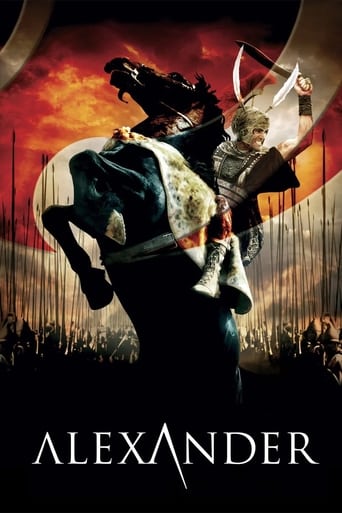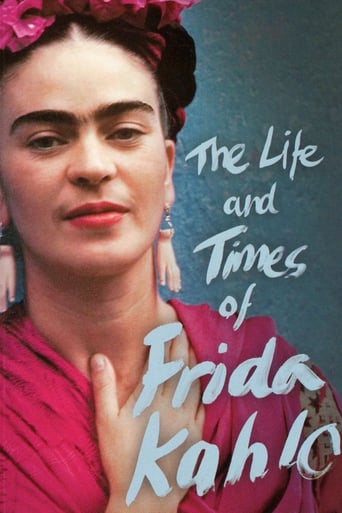The Celluloid Closet (1996)
This documentary highlights the historical contexts that gay, lesbian, bisexual and transgender individuals have occupied in cinema history, and shows the evolution of the entertainment industry's role in shaping perceptions of LGBT figures. The issues addressed include secrecy – which initially defined homosexuality – as well as the demonization of the homosexual community with the advent of AIDS, and finally the shift toward acceptance and positivity in the modern era.
Watch Trailer
Cast


Similar titles
Reviews
Absolutely the worst movie.
A film with more than the usual spoiler issues. Talking about it in any detail feels akin to handing you a gift-wrapped present and saying, "I hope you like it -- It's a thriller about a diabolical secret experiment."
The story, direction, characters, and writing/dialogue is akin to taking a tranquilizer shot to the neck, but everything else was so well done.
The film's masterful storytelling did its job. The message was clear. No need to overdo.
The premise of the topic of homosexuality and Hollywood was very concisely articulated through the documentary style, and utilized a chronological overview that lays the ground work coherently and engagingly, with just the right particular attention to both the various stereotypes and tropes of homosexuality, censorship, and the utilization of purposeful, yet subtle, innuendo that many filmmakers throughout the years utilized in history to work around censorship.The interviewees were a good selection of scholars, actors, and filmmakers. The Narrator, Lilly Tomlin, did a good job of narrating, expressing just the right tone and infliction for the subject matter. Despite there being a narrator, what was being said in the film did a good job of being expressed through the cinematic images being utilized, the narrator, and the interviewees such as Tony Curtis, Whoopi Goldberg, and Daniel Melnick to name a few of those whom contributed.Overall it was an excellent basis for the topic, very engaging despite its traditional documentary format, and you can tell that a fair about of care and attention went into its production. Despite the fact that it might be a little dated by 2015's standards, it is still relevantly informative and fascinating, and is something that should still be watched even now if you are a cinema history buff or just plain love cinema.
The Celluloid Closet was a film that documented the use of homosexual characters in the world of Hollywood. Clips from films with LGBTQ characters, actors and writers of those movies, and current actors and actresses were all used to help display the history of the progression of homosexual characters in movies. The documentary was shown in chronological order, from the 1930s to the early 1990s, emphasizing the stereotypical and sometimes unfair to normal ways in which homosexuals were portrayed. The commentary from the actors, actresses, and actors provided an entertainment and informative factor that kept the audience attentive to the subject of the documentary. It was interesting to see how in the films, LGBTQ had transitioned from light hearted humorous characters, to stereotypical sissies, to villainous individuals suffering from some sort of mental illness. Hollywood has such an effect to the everyday life that many individuals in Presbyterian Church called for a reform on the homosexual exposure in films. The Hays Codes being enforced and the amount of censorship that had to be enforced in movies made directing a film with a homosexual character in it much more difficult. The coded language and subtle movements by the actors portraying the LGBTQ characters made it clear to audiences that there was homosexual exposure in the film, just not so obvious. This film is highly recommended for it brings new knowledge of the film world to light, in regards to the issue of homosexuality. It also depicts a clear representation of how the values of different eras change drastically throughout time. Because the documentary was made in the early 1990s, it would be interesting to see how the commentators view LGBTQ characters in film today.
"The Celluloid Closet" is a very informative, interesting documentary that evaluates the way Hollywood has presented homosexual relationships beginning in the 1930s. From the very beginning when homosexual relationships began to appear in films, Hollywood has always had an influence on the audience of what to think about gays, as well as how gays should feel about themselves. In early appearances, the homosexual hints in films was not discussed publicly after being viewed, it was sort of ignored and thought of as comedy. After homosexual scenes became more and more prevalent and common, the Catholic and Protestant churches grew very angry, starting boycotts of any film that hinted even the smallest bit of homosexuality. Film writers and directors began finding other ways to project homosexuals, by making it harder to catch the gay hints or even making the homosexual character a "villain" in a sense. This homosexual "villain" character was very common in films until the British film "Victim." This particular film was the first to actually use the word "homosexual," therefore beginning another era of homosexuality in films. Although the "homosexual" word was not used openly in films, gays seemed to perceived as having a "mental illness" now. In addition, audiences were applauding villains, killers, or the killed if they were homosexual. They seemed to enjoy the homosexual characters' pain while watching these films. Overall, "The Celluloid Closet" takes its audience on the journey through the evolution of homosexuality in Hollywood films. Clearly this film is wonderful in itself as it explores other very famous films throughout history, discussing how homosexual scenes were presented in many of them.
The docufilm, The Celluloid Closet (1995) is enlightening on several levels. It has illustrated how film can be re-interpreted. In this case a few references have re-interpreted carefully selected film clips as a subtext of homosexuality. This is a retrospective prism from the perspective of a homosexual audience. This revised perspective of film becomes the premise from which to forge a tool to critique English speaking cinema, primarily that of the Hollywood variety. In other words the issue of 'homosexuality' is utilised in order to highlight the power of Hollywood and its conservative bent (pun not intended) on morals and values. The set of values are a reflection of public morality throughout the ages. This perception of morality by the audience is a further reflection of the contested and contrasting ideas of ideals between conservative and liberal factions. This is reflected as an ever shifting attitude by Hollywood's toward homosexuality, thereby exacerbating the public's confusion of morality.On closer examination this confusion is explained less by whether homosexuality should be referenced on film, but more about how it should be portrayed and interpreted. Where the stereotyped 'pansy' has been portrayed by film makers and promoters as none-threatening as it's more palatable, the actual practise of homosexual sex acts within film, is pushing the boundaries in order to force the audience to question their own values. Ironically, this forces an almost inverse immorality where the film makers portraying homosexual acts are moral whilst the audience are made to feel unethical even for questioning whether this is acceptable causing a collective, guilt trip among the latter.This 'guilt trip' of the film audience has been averted by the Conservative rulers of morality, which frees the public of their obligation towards shaping morality democratically. These conservative moral formers manifested themselves via the likes of the Hays' Code which actually permitted audiences to view films without moral obligations. At this point film became conceived as merely entertaining, rather than an artistic medium to challenge perceptions of morality.Conversly the Hays' code gave artistic license to creative film makers and actors to introduce subtexts into the plots. As such,The Hay's Code was an involuntary contributor to creative film makers who utilised the 'subtext' as a tool for the re-interpretation by differing audiences. The question is were these subtexts introduced to bypass the Hays' Code, challenge it, or an excuse for to advance the ego of the film maker, thereby promoting her or his credentials as an artist? The docufilm is after all a showcase of talented editing! Paradoxically, where the Hay's Code alleviated audiences of moral obligations, it awakened the conscience of some who became post modern moral leaders. These new moral leaders insist their interpretation of film is superior based solely on the fact that they assert that they can see what others can't. As such, these interpretations of film merely serve as instruments to promote a sense (as opposed to actual) authority to certain post modern commentators. Many of these commentators infer that Hollywood is a conspiratorial medium to cause an unthinking, unconscious, naive audience. Rather the post modern idealists who pride themselves on their advocacy of the individual who thinks for her or himself have hijacked film in an artistic coup for their own agenda.In sum, the celluloid closet is a most enlightening, informative docufilm. Highly recommended.

